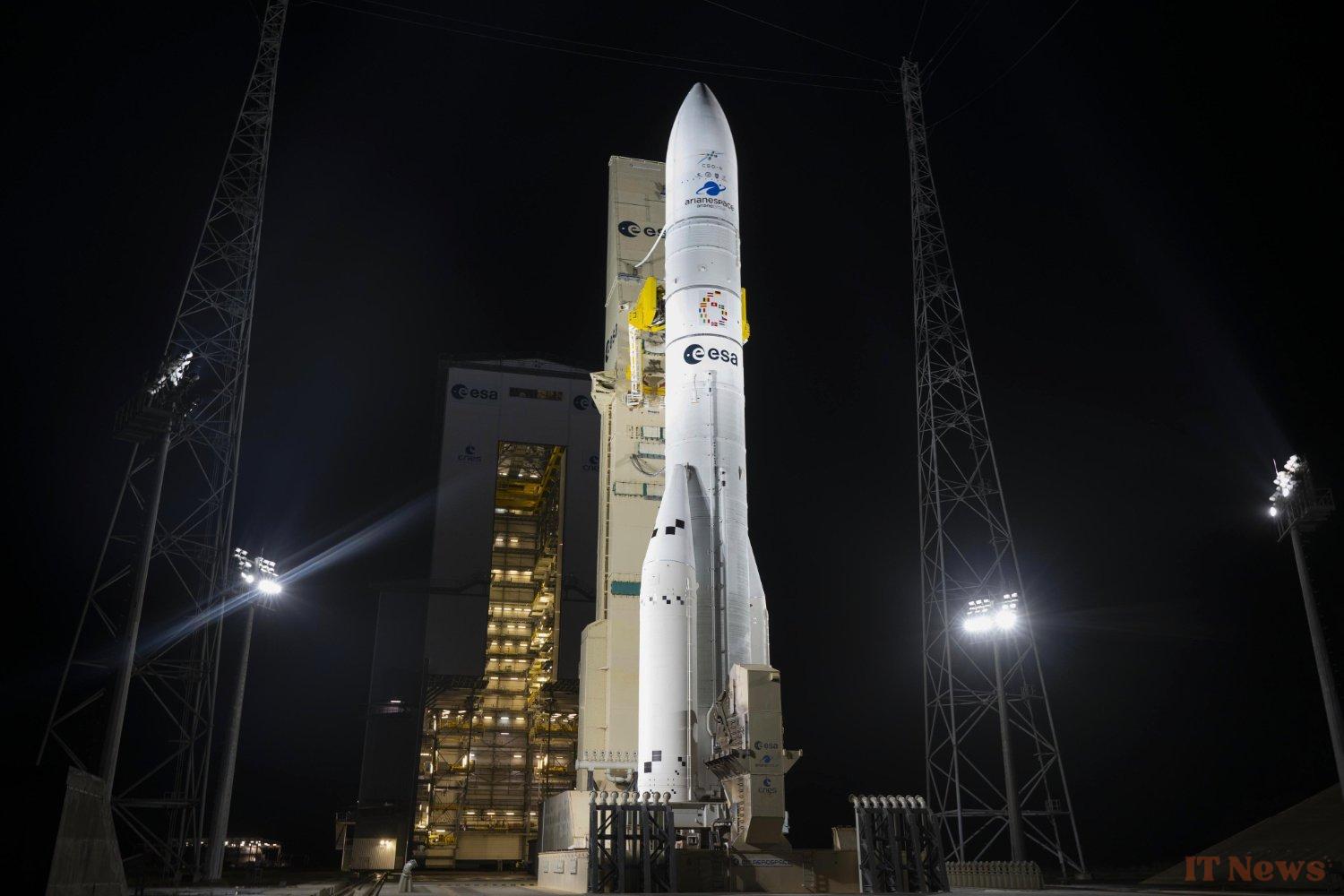The 535-ton Ariane 6 rocket lifted off from the ground at the Kourou base in French Guiana on Thursday, March 6 at 5:24 p.m. (Paris time). Seven months after its maiden flight and after several postponements, the first commercial flight of the European launcher Ariane 6 was a success. The rocket was able to reach the desired 7.3 kilometers per second to put its first payload into orbit. An event followed live, with quality cameras (almost as good as those of SpaceX) located on the main stage, to experience the separation of the boosters live, but also under the fairing, to see it detach at around 160 kilometers altitude.
For those most familiar with space, watching a rocket fly at an altitude of more than 230 kilometers while still using its main stage is quite unusual. However, it was with it that Ariane 6 made almost its entire ascent. If in image the whole thing may seem very heavy, it is not, because at At that point, the launcher weighed only one-tenth of its weight, Arianespace commentators explained during the live broadcast. At an altitude of 285 kilometers, at 8 minutes into the flight, the Vinci engine of the upper stage ignited, to reach orbit.
The Vinci engine, the centerpiece of Ariane 6
If the first commercial flight of Ariane 6 was a success, it is also and above all because the upper stage was able to restart at three times its Vinci engine, the true centerpiece of the European launcher. Unlike the boosters and the propulsion of the main stage, the hydrogen engine of the upper stage has the capacity to ignite, extinguish and then reignite, in order to fulfill three missions in one: propel the payload to reach orbit, then stabilize the trajectory, and finally brake it to deorbit, once the payload is deployed (for a question of limiting space debris).
On the side of the CSO-3 satellite, the launch of Ariane 6 was more than expected. The Directorate General of Armament, in charge of the MUSIS (Multinational Space-based Imaging System) program, had to complete and finalize its constellation of spy satellites, to end a long cycle of renewal of the space observation capabilities of French defense. Without waiting, the President of the Republic Emmanuel Macron congratulated both the launch of Ariane 6 and the deployment of CSO-3 in a post shared on social networks. He wrote:
“Our military observation satellite CSO-3 is in orbit: the first commercial flight of Ariane 6 is a success! This is a major step for our French and European sovereignty in space, defense and industry. A big congratulations to all the players involved.”
A few hours after the launch of Ariane 6, another equally high-profile rocket began its countdown, after several postponements. This was Starship, on its eighth test flight, during which the Super Heavy core stage was able to return to its launch pad to confirm a third attempt without a hitch. However, like the seventh flight, the Starship did not survive and earlier than its previous flight, it turned into a fireball over the Bahamas, causing an air traffic exclusion zone, once again. Debris could potentially be found on the beaches of the surrounding islands.



0 Comments